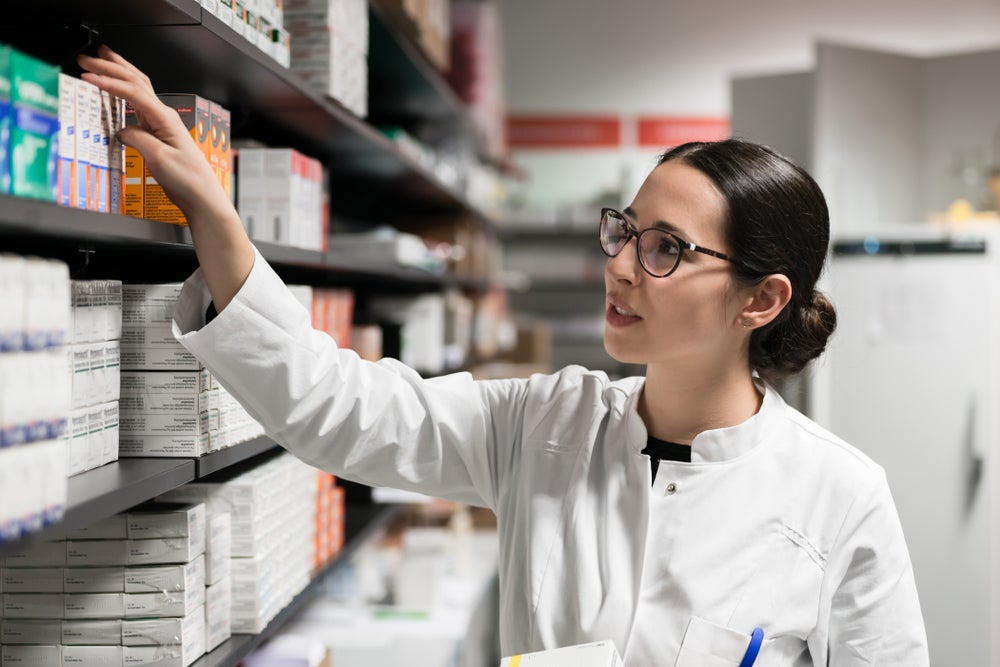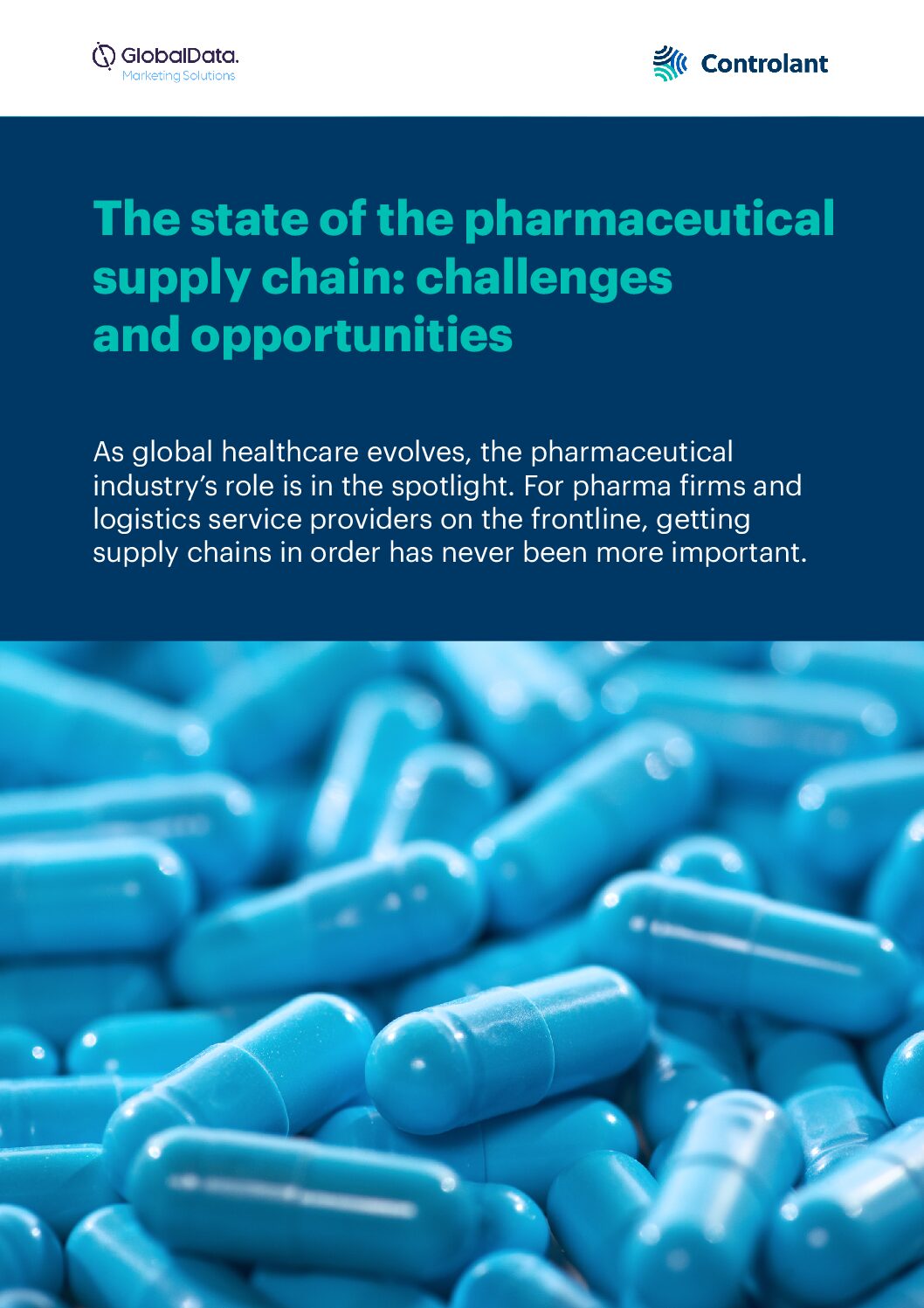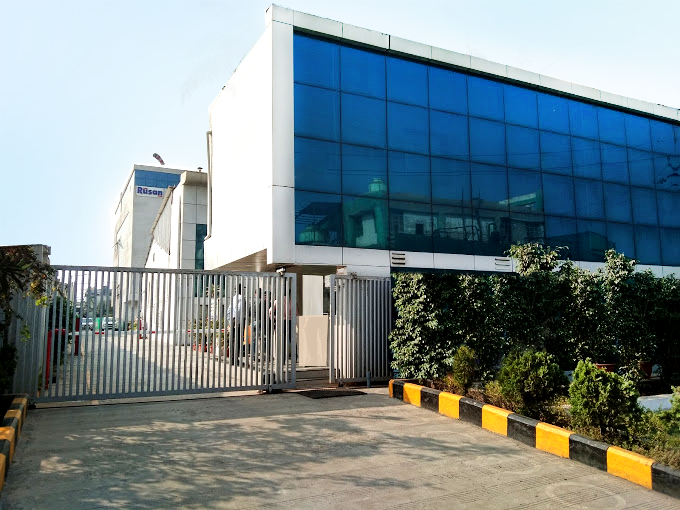
Since the start of the pandemic, the pharmaceutical supply chain has been under scrutiny. Never much of a talking point in the past, it is now firmly on the public’s radar, and the associated challenges are barely out of the news.
In the early days of Covid-19, the main problem was drug shortages, as manufacturers faced disruptions to their supply of raw materials, and factories closed around the world. Later, this affected the companies developing vaccines, which needed hard-to-source equipment such as filters and bioreactor bags. In some cases, companies lacked full visibility of their stock.
How well do you really know your competitors?
Access the most comprehensive Company Profiles on the market, powered by GlobalData. Save hours of research. Gain competitive edge.

Thank you!
Your download email will arrive shortly
Not ready to buy yet? Download a free sample
We are confident about the unique quality of our Company Profiles. However, we want you to make the most beneficial decision for your business, so we offer a free sample that you can download by submitting the below form
By GlobalDataThen, as vaccination programmes got underway, the cold chain came into focus. Despite herculean efforts from all concerned, the scale and urgency of the rollout placed existing systems under pressure.
“The cold chain maintains medicines at the correct temperature throughout their journey, so healthcare professionals can be sure they are fit for purpose and safe to use,” says Checkit healthcare transformation partner Mike Hobby.
“Items like vaccines pass through a lot of stages, overseen by a lot of different people, on their way from manufacturer to patient. You need to know there was consistency throughout that time period.”
Pharma supply chains, he explains, depend on a complex set of processes, often involving a range of participants spread across numerous locations. Success hinges on the right people doing the right things, in the right place and at the right time.
“Historically it has been difficult to track what’s happening at each stage, owing to a lack of remote oversight and over-reliance on manual checks and paperwork that tends to be siloed. That’s a particular concern when you’re dealing with temperature-critical medicines such as vaccines,” he says.
Regulatory limbo
In the UK, these kinds of challenges have been compounded by Brexit. On 1 January 2021, the UK bade goodbye not only to the EU, but also to the EU’s Falsified Medicines Directive (FMD).
A legislative safeguard, the FMD ensures medicines supplied in Europe are exactly what they seem to be. Each pack is given a barcode, which hospitals and pharmacies must scan at the point of dispensing. As a result, fake or substandard medicines will have a harder time entering the pharma supply chain.
Since the start of the year, end-users in the UK have been automatically disconnected from the system, prompting concerns about the security of the UK drug supply. A new bill, the Medicines and Medical Devices Act 2021, aims to fill the ‘regulatory gap’ around falsified medicines, but its wording is controversial and progress has been slow.
According to the Royal Pharmaceutical Society, this state of limbo ‘could leave the UK vulnerable to an influx of counterfeit medicine’.
Technology to the rescue
Of course, as is so often the case in times of crisis, it is possible to frame these disruptions as an opportunity. Blockchain company FarmaTrust has called on the UK government to modernise the system. If achieved, this would bring the UK’s drug security ahead of Europe. It would even surpass the US, where the Drug Supply Chain Security Act is speeding up the transition to a digital supply chain.
“While we currently have an active fake medicines risk for the UK – especially with the scale of the Covid-19 immunisation programme – it is also an ideal moment to re-evaluate our entire medicines supply chain,” said FarmaTrust CEO Raja Sharif. “With Brexit, the UK has the opportunity to implement the world’s safest medicine supply chain.”
In essence, this would mean using blockchain-based technologies to heighten security and visibility. Supply chain participants would be able to track every step in the medicine’s journey, including the exact details of its shipping and storage conditions, and that record would be impossible to falsify.
Together with a number of industry partners, FarmaTrust is working on a pilot project to develop the UK’s first blockchain-based pharma supply chain. The consortium has been awarded £53m of government money, from UK Research and Innovation (UKRI) and the Made Smarter initiative, and aims to create a blueprint for a ‘connected network of smart factories’.
“Blockchains are currently in the hype cycle,” comments Nitin Dsouza, head of international supply chain at global digital consultancy Publicis Sapient. “However, as more and more companies trial and adopt it, it has the potential to be one of the key technologies for visibility.”
How the digital supply chain might work
Although a blockchain-based system may be a few years away, the pharma supply chain is already benefitting from a wide range of digital technologies. The idea is to enable end-to-end tracking and planning, provide full visibility, and automate what were formerly manual processes.
“Technology is evolving to not only provide real-time data on the condition of temperature-critical medicines, but also to prompt, guide and log the actions people may need to take in response to any problematic variation,” says Hobby.
“These new tools can actually tell you how long you’ve got until the vaccine expires, so you’re wasting as little as possible and building confidence in the supply chain journey of any particular batch, without having to travel between sites to check.”
As an example, many cold chain companies now embed temperature sensors in their boxes. These sensors can be connected to telematics to provide you with updates in real time.
“These same technologies can enable tracking of individual vials from manufacturer to patient,” says Dsouza. “On the supply side, items can be tracked by linking purchase order data, transport order data, warehouse tracking systems and in-transit telematics. The data sets that are generated are huge, but the use of cloud-based scalable databases makes it easier to filter the key insights.”
Pharma companies themselves are using digital tools to help with demand planning, ensuring they stock the right amounts of inventory. Amit Nastik, global head of strategy & operations and local markets manufacturing at Novartis Technical Operations (NTO), says that Novartis is working to streamline and digitise this process.
“We are using predictive analytics and artificial intelligence to generate forecasts,” he says. “This has helped make us less vulnerable to unanticipated change. We are working to build a fully-connected supply chain by using new technologies like AI to drive greater efficiency across our own operations.”
Why go digital?
Without a doubt, the pandemic has been a learning opportunity for pharma companies and their logistics partners. Whether it’s about keeping vaccines frozen or keeping counterfeit drugs well away from patients, technology can play an important role even in the absence of regulation.
Hobby says there are so many benefits to digital supply chains, it would be surprising if they didn’t become more prevalent. As well as strengthening patient safety, you’re making life easier for healthcare professionals and everyone else involved in the pharma supply chain.
“You’re taking away the manual monitoring burden from busy staff, who need to focus directly on patient care,” he says.
“You’re building a better audit trail for compliance, with accurate evidence and specific workflows for corrective action, and making trend analysis possible. You’re reducing the cost of lost medicine – not only the cost of the medicine itself but the associated costs of reordering, longer lead times and rebooking of patient appointments.”
Digital supply chains, then, could be truly transformative for the pharma industry at large – and certainly one of the better things to emerge from the confluence of Brexit and Covid-19.








